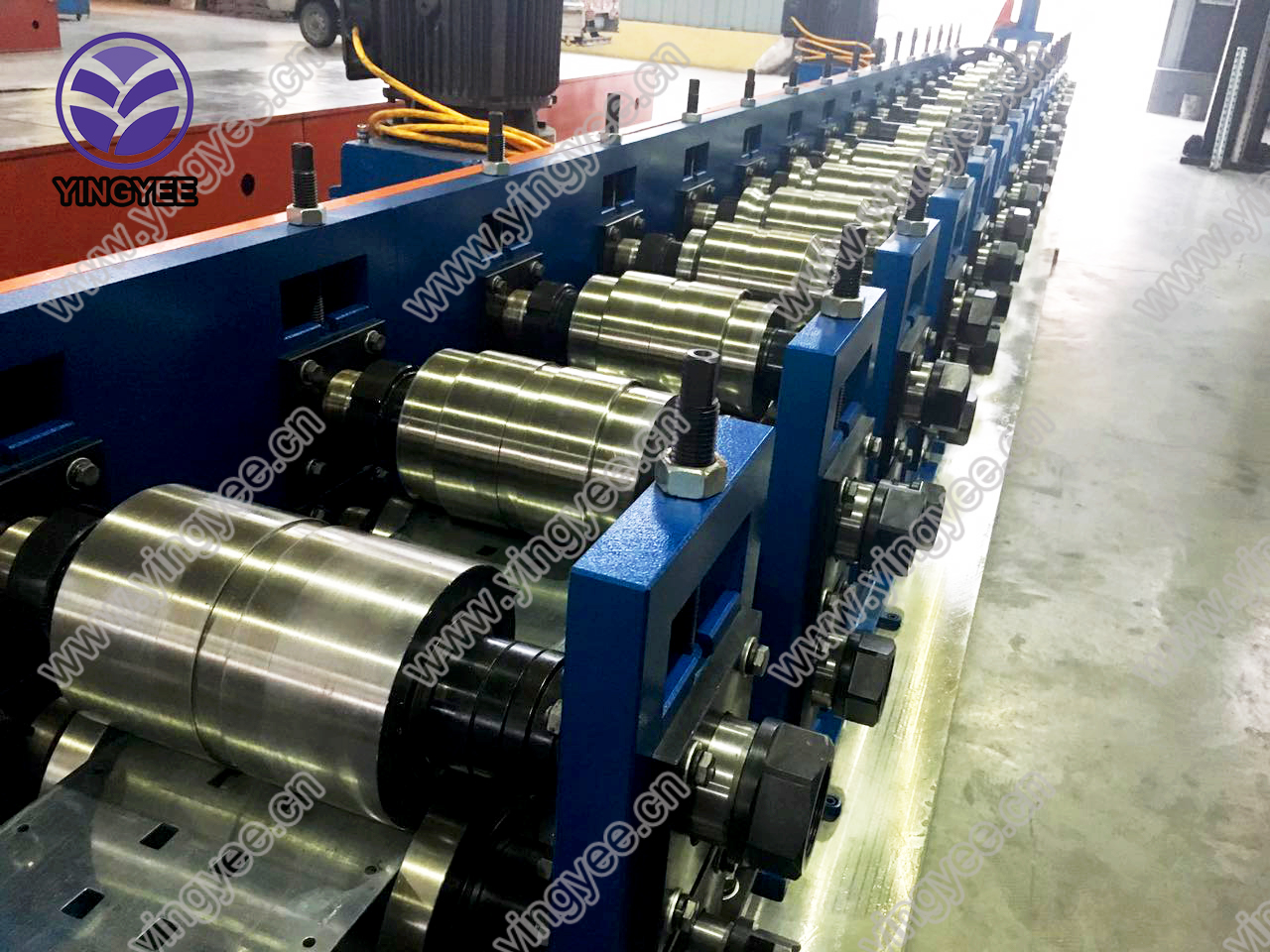
The Advancements in C/Z Purlin Automatic Lines
In the realm of modern construction and manufacturing, efficiency and precision are paramount. Among the various structural components that play a vital role in construction, C and Z purlins have gained notable significance due to their lightweight yet sturdy nature. The development of automatic production lines for C/Z purlins has revolutionized the manufacturing process, streamlining operations, minimizing human error, and enhancing the overall quality of the products.
Understanding C/Z Purlins
C and Z purlins are critical elements in the framework of buildings, particularly in industrial and commercial structures. They serve as support beams for roofs and walls, providing structural stability and strength. The designation C and Z comes from the shape of the steel profiles, which resemble the respective letters in cross-section. Typically made from galvanized steel, these purlins come in various sizes and thicknesses, catering to diverse construction needs.
The Need for Automation
Traditionally, the manufacturing of C/Z purlins was a labor-intensive process requiring significant manual effort. This not only increased production times but also heightened the risk of inconsistencies and errors, impacting the overall product quality. To overcome these challenges, manufacturers began investing in automation technologies. Automatic lines for producing C/Z purlins are designed to enhance productivity while maintaining high accuracy levels, leading to superior quality and cost-effectiveness.
Components of an Automatic C/Z Purlin Line
An automated C/Z purlin production line typically consists of several key components, each playing a crucial role in the manufacturing process
1. Uncoiler The line begins with an uncoiler, which handles large coils of steel sheets. This component is essential for feeding the raw material into the production line with minimal human intervention.
3. Roll Forming Machine This is the heart of the automatic line. The roll forming machine shapes the steel sheets into C or Z profiles through a series of rollers, achieving the desired geometrical configuration with high precision.

4. Punching and Cutting Station Once the profiles are formed, they are further processed through a punching station, which creates holes for connections and fittings, followed by a cutting station that trims the profiles to exact lengths as per specifications.
5. Stacking and Packaging Unit The final component of the line is the stacking and packaging unit. Here, the finished C/Z purlins are stacked in a predetermined order and packaged for delivery, ensuring they remain undamaged during transportation.
Benefits of Automatic C/Z Purlin Lines
The implementation of automatic lines for C/Z purlins offers numerous advantages
- Increased Efficiency Automation significantly speeds up the production process, allowing manufacturers to meet high demand without compromising quality.
- Enhanced Precision Automated systems are designed for high accuracy, reducing the likelihood of errors, which is crucial in ensuring the structural integrity of the purlins.
- Reduced Labor Costs With fewer manual processes, companies can reduce labor costs and allocate their workforce to other critical tasks.
- Improved Safety By minimizing human involvement in potentially dangerous manufacturing processes, automatic lines contribute to a safer workplace environment.
- Scalability Automated lines can easily be adjusted for different production volumes and specifications, making them suitable for both small and large scale operations.
Conclusion
The emergence of automatic C/Z purlin production lines marks a significant advancement in the construction and manufacturing industries. By leveraging automation, manufacturers can improve efficiency, precision, and safety while meeting the growing demand for quality structural components. As technology continues to evolve, we can expect further innovations in this field, driving the industry towards even greater heights of productivity and excellence. The future of C/Z purlin manufacturing looks promising, paving the way for more sustainable and robust construction practices.